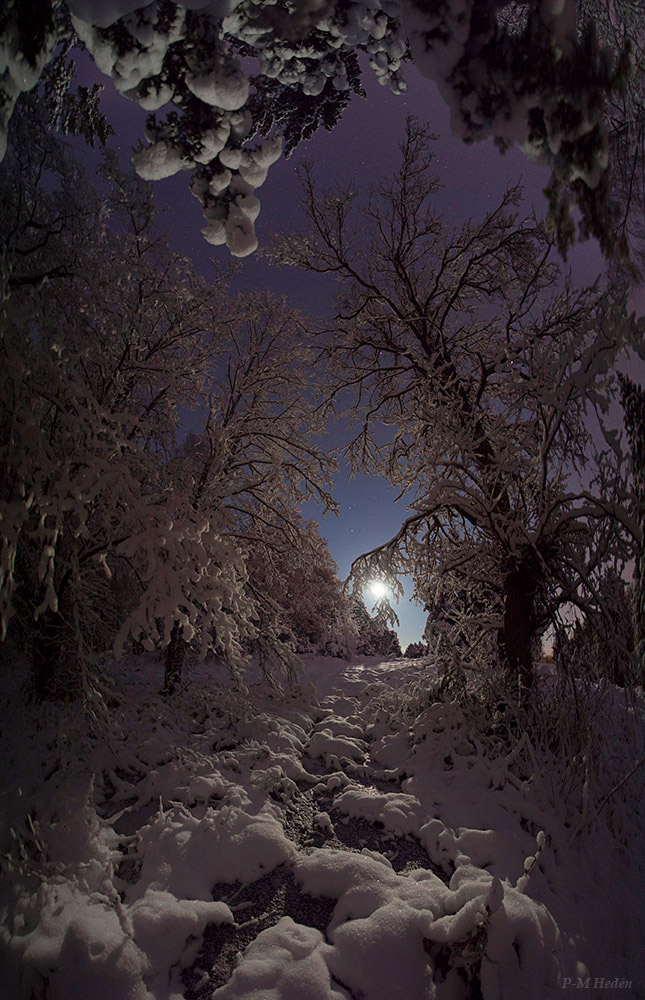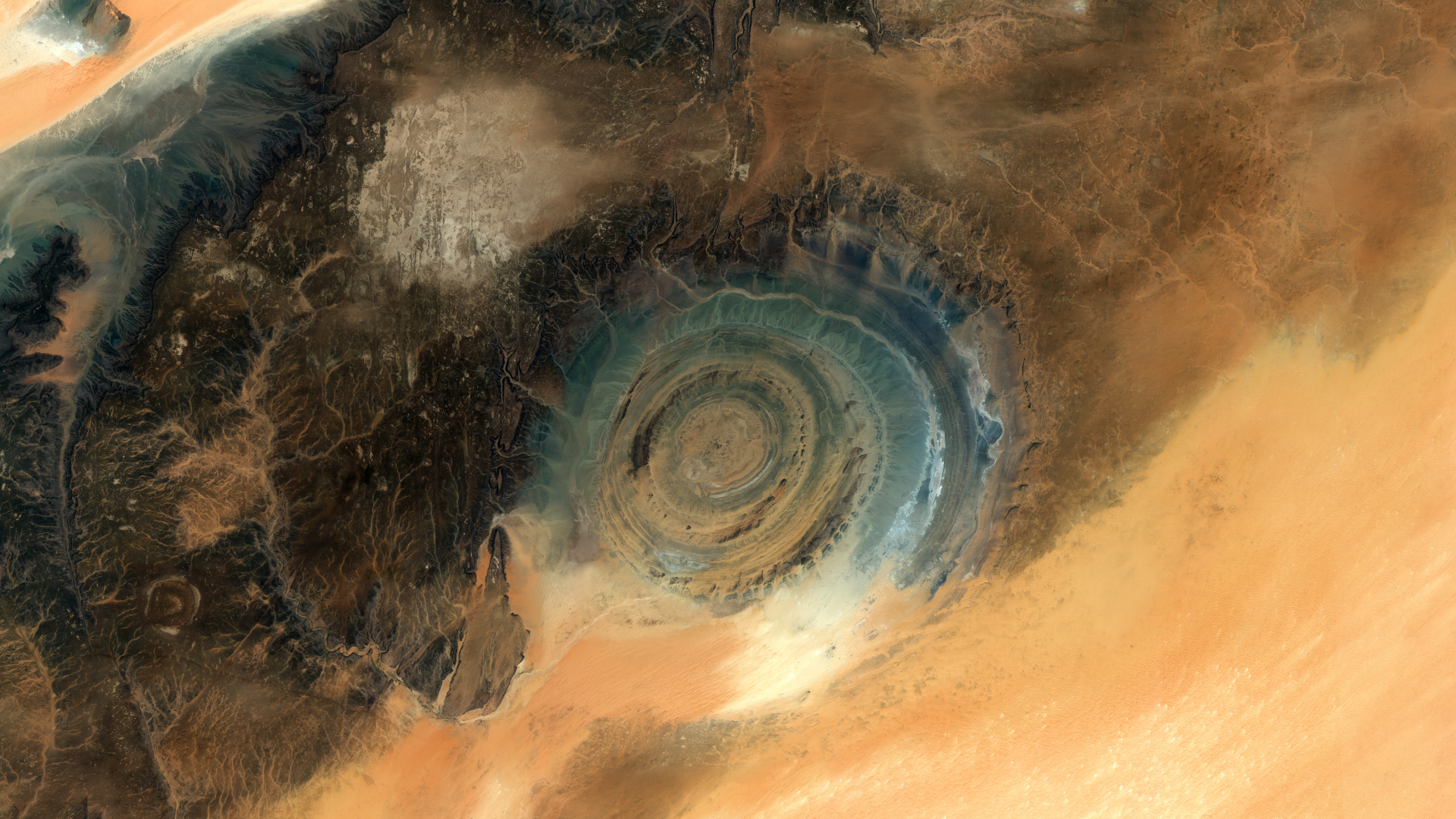Ring in the New Season; December Solstice Happens Next Week

Next week marks a major turning point in the annual cycle of the seasons: the winter solstice. It takes place at 11:48 p.m. EST on Dec. 21 (0448 GMT Dec. 22). At that moment, the sun reaches its southernmost position in the sky, resulting in the shortest day of the year in the Northern Hemisphere, and the longest day of the year in the Southern Hemisphere.
The solstice gets its name from the apparent stop ("stice") in the motion of the sun ("sol"). The earliest astronomers recorded this phenomenon carefully: Monuments like Stonehenge are thought to have been used to mark the extreme positions of the sun in the sky. The December solstice has long marked the beginning of the new year, and it's mainly because of slippage in our calendar that it now occurs 11 days before the "official" start to the new year, Jan. 1.
The solstice is a day of celebration in many cultures. The Romans knew it as "Saturnalia," and the early Christians adopted the date of the solstice to mark the birth of Christ, so that they could celebrate without drawing the attention of their Roman masters.
The solstice will fall on Tuesday or Wednesday, because, although the time of the solstice is exactly the same everywhere in the world, because of local time zones, it falls on different days in different places. The exact time of the solstice this year is 0448 UTC on Dec. 22. (UTC, or coordinated universal time, is the basis for all time zones and is used by astronomers and pilots everywhere.)
In England, where the Earth's prime meridian lies, the solstice will occur at 4:48 a.m. GMT on Wednesday, Dec. 22. Similarly, in other parts of Europe and in Africa, the solstice will occur in the early hours of Wednesday morning.
In North America, we subtract a number of hours from UTC to get our local times. In most of eastern North America, we are on Eastern Standard Time, and subtract 5 hours, so the solstice falls at 11:48 p.m. on the previous day, Tuesday, Dec. 21. The farther west we go in North America, the earlier the solstice occurs in the evening, so that on the Pacific coast, it occurs at 8:48 p.m. PST.
Remember, these are all exactly the same time in the broader scheme of things; local times are just vagaries of the way we handle time around the world.
Breaking space news, the latest updates on rocket launches, skywatching events and more!
The graphic above shows the sky as it would appear at the time of solstice from a location where the solstice occurs at noon, which, this year, would be Vietnam. Through the Starry Night software, we have turned the blue sky transparent and have added the two coordinate systems we use to mark positions in the sky.
The red line across the sky marks the celestial equator, halfway between the celestial North and South poles. It shows 18h on the meridian because right ascension, the celestial equivalent of longitude, is measured from the vernal equinox, exactly 9 months ago.
The green line marks the ecliptic, the path that the sun appears to follow across the sky. When the solstice occurs, the sun is at its southernmost position, at a declination (celestial equivalent of latitude) of exactly 23 degrees and 26 minutes, which just happens to be the exact angle at which the Earth's poles are tilted from the ecliptic.
The height of the sun above the horizon on solstice day depends on your latitude on the surface of the Earth. Where I live in southern Canada, it hangs very low in the southern sky, barely 22 degrees above the horizon. For anyone north of the Arctic Circle, it never rises at all. Even in the southernmost continental United States, it's barely 42 degrees above the horizon, less than halfway up in the sky.
In the Southern Hemisphere, the situation is reversed. The December solstice marks the longest day in the year, combined with the shortest night. Longer days mean more hours of sunshine and warmer weather.
I tend to avoid using the words "winter" and "summer" when talking about the solstices because, even though the sun's position in the sky is responsible for our seasons, it does not match exactly with the seasons as we experience them. Sometimes, the astronomical solstices and equinoxes are referred to as "the first day of" a new season, but these days don't actually indicate when snow will start falling in December or when flowers will start blooming in March. Depending on location conditions, seasons arrive and depart in different ways, and vary in severity. Hence the old joke about the Canadian seasons: 11 months of winter and one month of bad sledding.
This article was provided to Space.com byS imulation Curriculum, the leader in space science curriculum solutions and the makers of Starry Night and SkySafari. Follow Starry Night on Twitter @StarryNightEdu. Follow us @Spacedotcom, Facebook and Google+. Original article on Space.com.

Geoff Gaherty was Space.com's Night Sky columnist and in partnership with Starry Night software and a dedicated amateur astronomer who sought to share the wonders of the night sky with the world. Based in Canada, Geoff studied mathematics and physics at McGill University and earned a Ph.D. in anthropology from the University of Toronto, all while pursuing a passion for the night sky and serving as an astronomy communicator. He credited a partial solar eclipse observed in 1946 (at age 5) and his 1957 sighting of the Comet Arend-Roland as a teenager for sparking his interest in amateur astronomy. In 2008, Geoff won the Chant Medal from the Royal Astronomical Society of Canada, an award given to a Canadian amateur astronomer in recognition of their lifetime achievements. Sadly, Geoff passed away July 7, 2016 due to complications from a kidney transplant, but his legacy continues at Starry Night.

